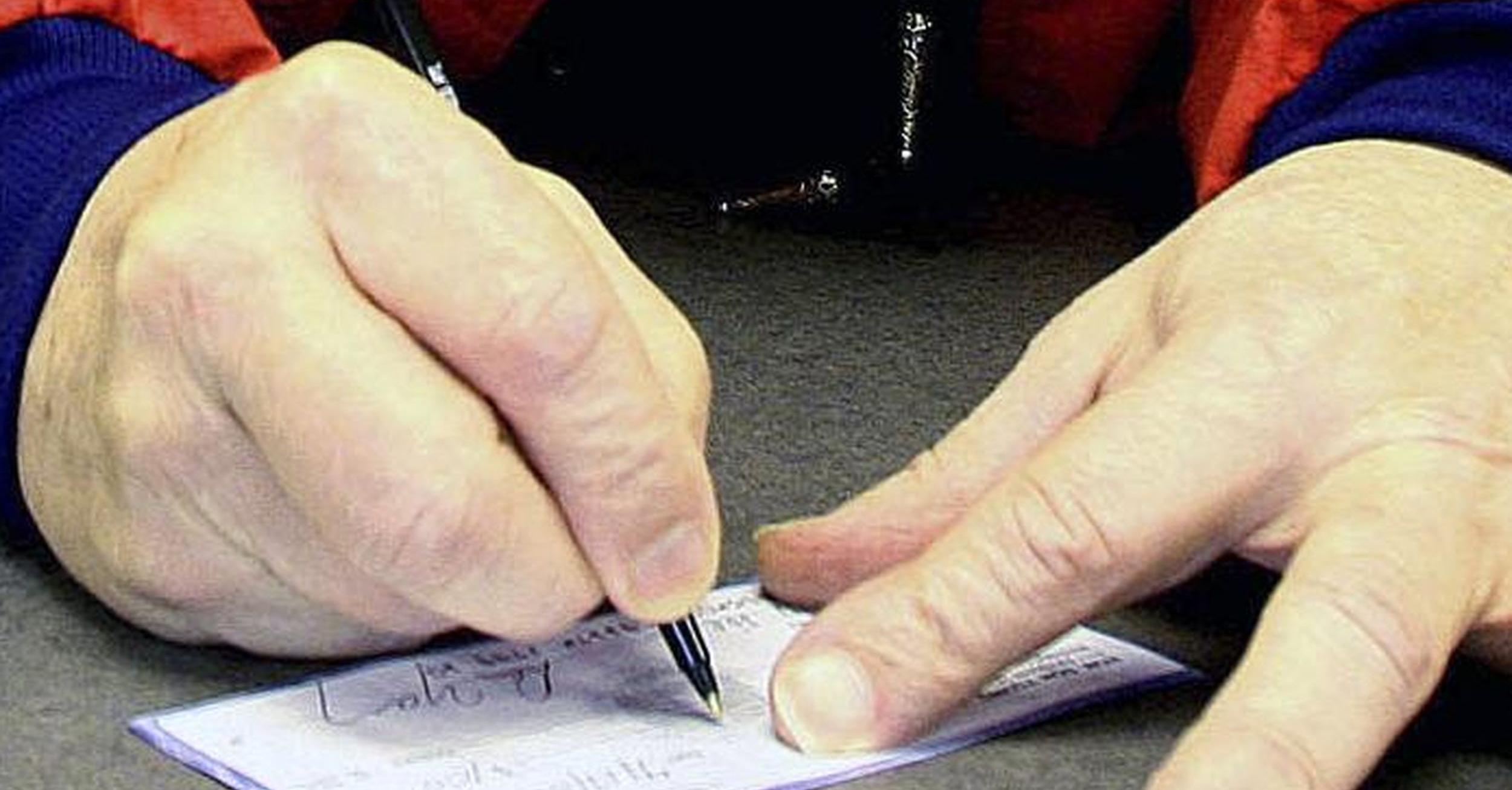Are you curious to know what is a live check? You have come to the right place as I am going to tell you everything about a live check in a very simple explanation. Without further discussion let’s begin to know what is a live check?
Financial transactions and payments have evolved significantly in recent years with the advent of digital and electronic banking methods. However, one traditional financial instrument that continues to be used is the “live check.” In this blog, we will explore what a live check is, how it differs from other forms of payment, and the various aspects and implications of using this method in today’s financial landscape.
What Is A Live Check?
A live check, sometimes referred to as a paper check or a traditional check, is a physical, paper-based payment instrument used to transfer funds from one party to another. The term “live” in this context signifies that the check is a tangible document that must be presented to a bank or financial institution for processing and withdrawal.
Key Components Of A Live Check
- Payee: The payee is the person or entity to whom the check is written. They are the intended recipient of the funds.
- Payer or Drawer: The payer, also known as the drawer, is the individual or organization issuing the check. They are the one authorizing the payment.
- Check Amount: The numerical and written amount of money to be paid, specified on the check.
- Bank Information: The check includes the name and location of the issuing bank, the account number, and the routing number.
- Check Number: Each live check is assigned a unique check number to help in tracking and record-keeping.
- Signature Line: The drawer must sign the check to validate it and authorize the transfer of funds.
The Process Of Using A Live Check
- Issue the Check: The drawer writes the check, specifying the payee, the amount, and the date. They also sign the check.
- Transfer: The payee receives the check and deposits it into their bank account or presents it at a bank for cashing.
- Processing: The bank processes the check, verifies the drawer’s account balance, and confirms the signature’s authenticity.
- Funds Transfer: If the check is valid, the funds are transferred from the drawer’s account to the payee’s account or provided in cash.
Differences Between Live Checks And Digital Payments
- Physical vs. Digital: Live checks are paper-based, physical documents, while digital payments are conducted electronically, often without the need for paper.
- Processing Time: Checks may take longer to process, involving manual steps like mailing and bank clearance, whereas digital payments are almost instantaneous.
- Security: Digital payments are often considered more secure, as they use encryption and authentication methods. Live checks can be lost, stolen, or altered.
- Costs: Processing live checks can incur higher costs due to printing, postage, and processing fees, while digital payments are generally more cost-effective.
- Environmental Impact: The production and transportation of live checks have a negative environmental impact. Digital payments reduce paper usage and carbon emissions.
Get Knowledge About Different Topics On Sizesworld.
The Ongoing Use Of Live Checks
Despite the growth of digital payment methods, live checks continue to be used for various purposes, including paying bills, making personal transfers, and in business transactions. They are still essential for some financial activities, such as official government payments, rent payments, and other transactions that require physical documentation.
Conclusion
Live checks are a time-honored method of transferring funds and making payments. While the financial world has evolved with the advent of digital and electronic payment systems, live checks remain relevant for specific applications. Understanding how live checks work and when to use them can help individuals and businesses make informed choices regarding their financial transactions and payment methods in today’s diverse and dynamic financial landscape.
FAQ
What Does It Mean To Have A Live Check?
A live check is a preapproved or “prescreened” loan offer that you did not apply for. It may be from a lender you have borrowed from in the past or from a new lender. The loan amounts usually range from several hundred to several thousand dollars.
What Does A Live Check Look Like?
The live check meaning is a check you receive in the mail from a lender made out to you. It may look like a typical check, but it’s actually a type of personal loan. Essentially, a live check is a pre-approved personal loan agreement. All it takes to activate a live check is signing and cashing it.
How Do I Deposit A Live Check?
How does a live check work? If you want to accept the live check loan, you must endorse the check by signing the back of the check and cashing or depositing the funds into your bank account. This creates a loan agreement that you must repay with interest in accordance with the payment plan included.
How Long Is A Live Check Good For?
Personal, business, and payroll checks are good for 6 months (180 days). Some businesses have “void after 90 days” pre-printed on their checks.
I Have Covered All The Following Queries And Topics In The Above Article
What Is A Live Scan Background Check
What Is A Live Check From Work
What Is A Live Check From Employer
What Is A Live Check In Payroll
What Is A Live Check From Work
How To Get A Live Check In The Mail
How To Get A Live Check
Pre Approved Loan Check In Mail
Live Check Vs Direct Deposit
How To Cash A Live Check
Can You Cash A Live Check
Regional Finance Loan Check In Mail
What Is A Live Check
What does it mean to have a live check
